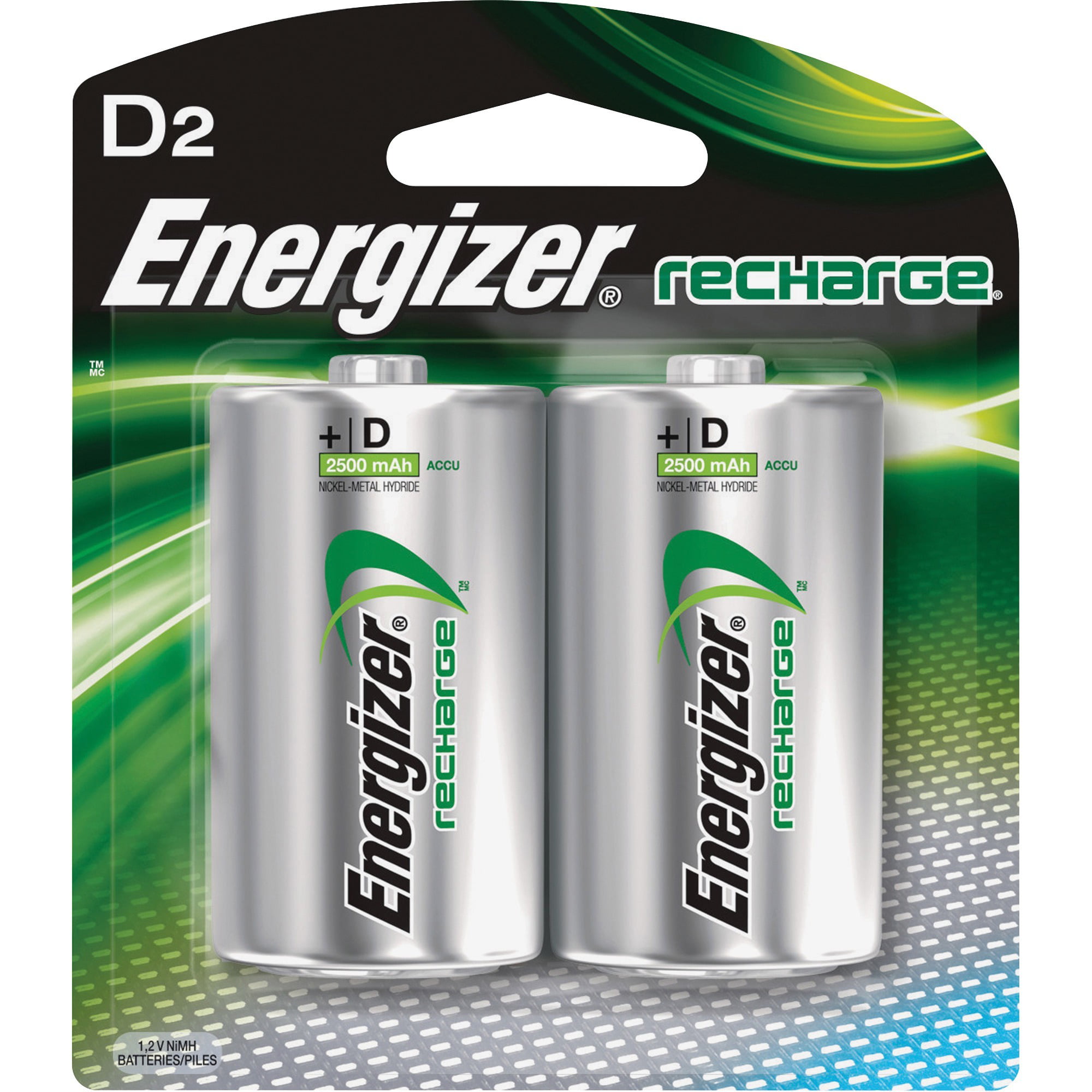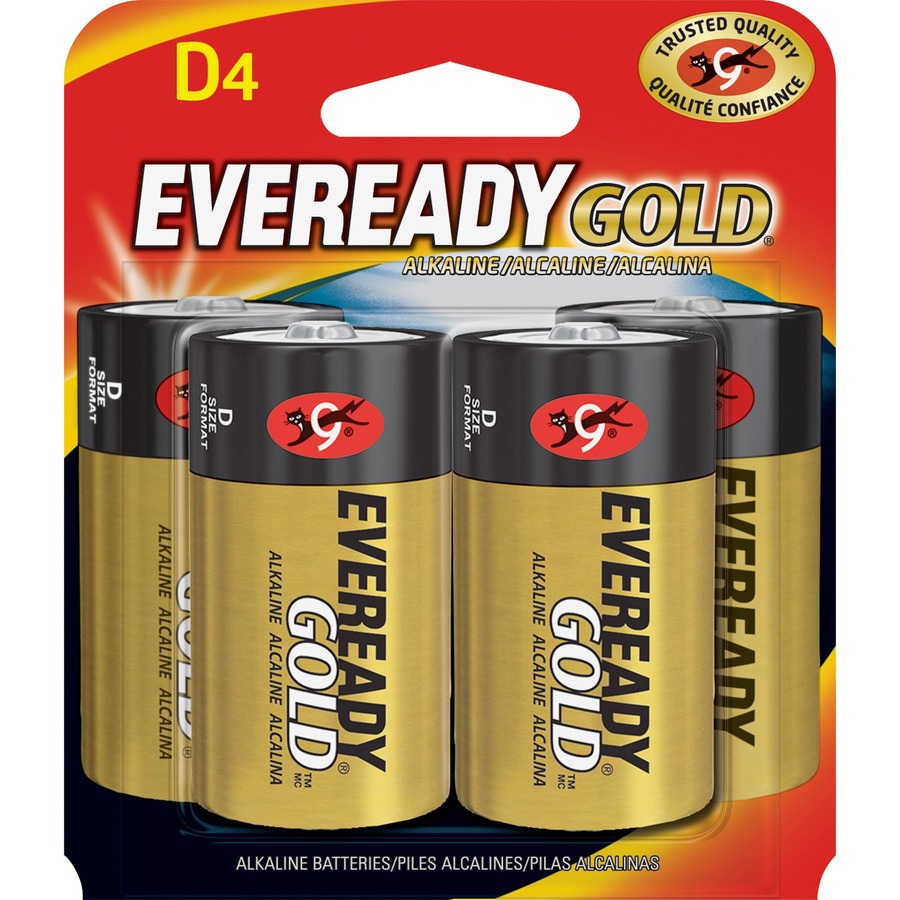

The runtime of a D Battery depends on the application, its current draw, and how long you use it.
#Dbatteries portable#
Apart from lighting applications, D Batteries are also popular in high-power consumption devices such as radios, portable stereos, toys, etc. The most common and popular application of D Cells is flashlights. But you get the idea of the weight of a D Battery compared to an AA Battery. Depending on the chemical composition of the batteries, their weights can be slightly more or less than these numbers. These weight numbers that we mentioned are for Alkaline type batteries (both D Battery and AA Battery). If you compare this with an AA Battery, its typical weight is only 23 grams. WeightĬontinuing the large-size aspect of the D Cell Battery, its typical weight is around 140 grams. In contrast, AA batteries of similar type max out at 1,700 to 1,800 mAh. You read it right.Įven regular Zinc Carbon type D Batteries have a huge 8,000 mAh capacity. If you remember, an alkaline AA battery can have a maximum capacity of around 3,000 mAh.Ĭoming to a D Battery with similar chemical composition i.e., an Alkaline type battery, you can get them in capacities as high as 20,000 mAh. The advantage of a large-size cell such as a D Cell is it can have ridiculously large energy ratings.

We will see more details on rechargeable and non-rechargeable D Cell Batteries in a later section. The typical voltage of a rechargeable D Battery is around 1.2V.

Again, the similarity between rechargeable D Batteries and rechargeable AA or AAA batteries continues. Of course, this voltage is only for non-rechargeable primary type D Batteries.ĭoes this mean we get rechargeable secondary D Batteries? The answer is yes, we do. Voltageĭespite the large size of a D Battery when compared to AA and AAA batteries, the typical voltage of a D Battery is still 1.5V. The data sheet of the battery or manufacturer’s description will specify the negative terminal contact i.e., flat or recessed. Irrespective of the type of the negative terminal, its diameter must be at least 18 mm. In addition to the flat negative terminal, as we find in AA and AAA batteries, some D Batteries also come with recessed negative terminals. The height of the positive terminal must be at least 1.5 mm while the diameter of the positive terminal must be less than or equal to 9.5 mm. We know that the positive terminal in most cylindrical batteries has a protrusion. Coming to the diameter of the D Battery Cylinder must be a minimum of 32.2 mm and a maximum of 34.2 mm.Īpart from these two dimensions, we also have dimensions of the positive and negative terminals. If you take the height or length of a D Battery, the minimum height is 59.5 mm while the maximum height is 61.5 mm. The first and most important specification of a D Battery is its physical size. But what is the actual size of a D battery? What are the other important specifications of a typical D Cell? Let us explore more about these aspects of a D Cell Battery. In the previous section, we mentioned that the D Battery is a bigger version of the AA battery. We will give more details about the D Cell Battery in the next section. Even the U.S Military used these batteries in radio transceivers during World War II. Even after the introduction of more minor AA and AAA batteries, D Cells were very popular for a long time, especially for flashlights. While The American Ever Ready Company introduced AA and AAA batteries in 19 respectively, the National Carbon Company introduced the D Battery (or D Cell) much earlier in 1898. Hence, we often call the D Battery the D Cell. A D Battery is a slightly longer and wider version of an AA or AAA battery.Īnother similarity between a D Battery and AA or AAA batteries is they all have only one cell, which is the main electrochemical unit. This is because we used them extensively to power those long flashlights that took two (or sometimes three) of these batteries.īut what exactly is a D Battery? A D Battery is a type of cylindrical battery, where the ‘D’ indicates the physical size of the battery similar to AA or AAA (if you remember, AA and AAA also represent the size of the batteries). If you fall into the millennial, Gen-X, or boomer demographic, then chances are you are familiar with D Batteries as flashlight batteries. Comparison Of Types Of D Cell Batteries.


 0 kommentar(er)
0 kommentar(er)
